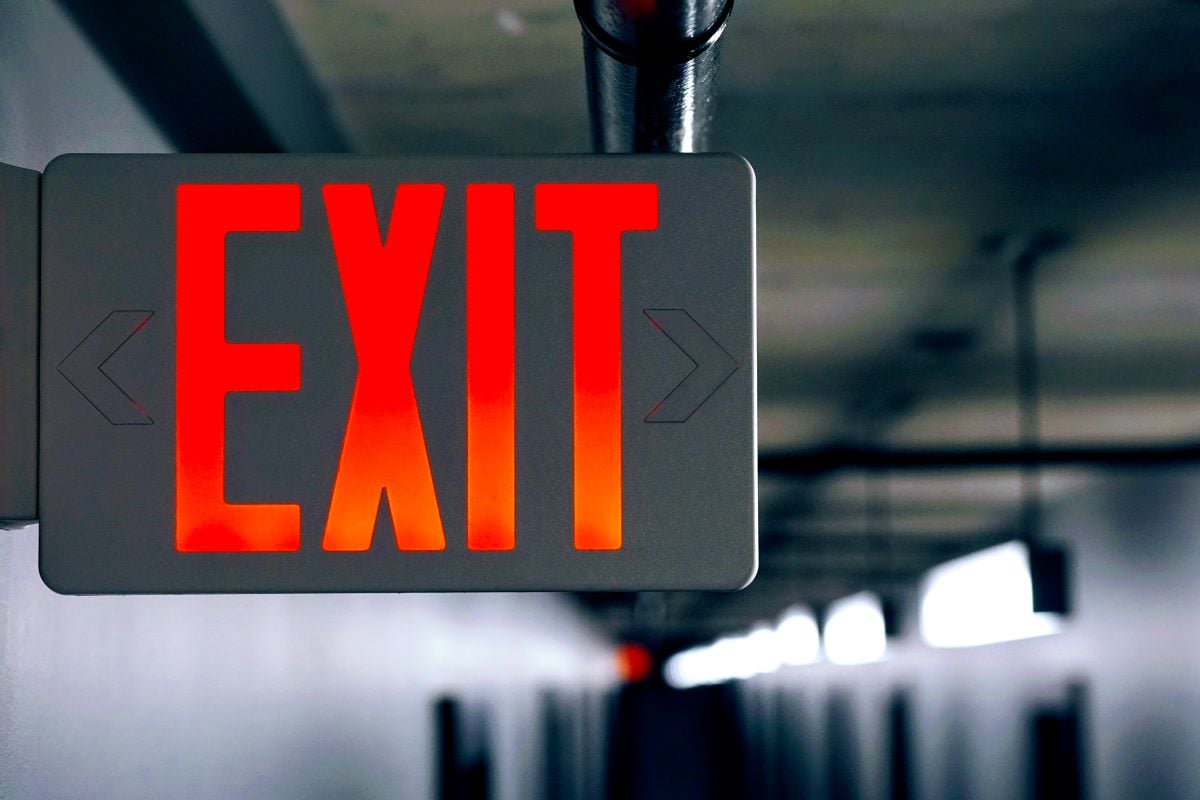
Emergency and exit lights play a critical role in ensuring the safety of building occupants in the event of a fire. They provide clear and illuminated pathways for occupants to evacuate the building safely and quickly. In this blog, we will discuss the importance of emergency and exit lights in fire safety.
- Guidance During an Emergency: During a fire, smoke and darkness can quickly obscure vision, making it difficult for occupants to find their way to safety. Emergency and exit lights provide clear guidance to occupants on the quickest and safest route to evacuate the building.
- Code Compliance: Emergency and exit lights are required by codes and standards to ensure that buildings meet minimum fire safety requirements. These codes specify the type, number, and placement of emergency and exit lights required for different types of buildings.
- Improved Visibility: Emergency and exit lights are designed to provide bright and reliable illumination even during a power failure, ensuring that occupants can safely evacuate the building in the event of a fire.
- Battery Backup: Emergency and exit lights are equipped with a battery backup system that ensures they remain lit even during a power failure. This is critical in ensuring that occupants can evacuate the building safely and quickly in the event of a fire.
- Regular Testing: Emergency and exit lights should be tested regularly to ensure they are in good working condition and will provide reliable illumination in the event of a fire. Testing should be conducted in accordance with codes and standards, and any necessary repairs or upgrades should be made to ensure the lights are in good condition.
Are You in Compliance with Codes and Standards?
Emergency and exit lights play a critical role in ensuring the safety of building occupants in the event of a fire. They provide clear and illuminated pathways for occupants to evacuate the building safely and quickly. Therefore, building owners and managers should ensure that emergency and exit lights are installed and maintained in accordance with codes and standards, and that regular testing is conducted to ensure they are in good working condition. By implementing these best practices, building owners and managers can ensure that their buildings are safe and secure in the event of a fire. If you want more information to ensure that your building complies with the codes of your area, contact your local AHJ or a Koorsen Fire & Security professional.


